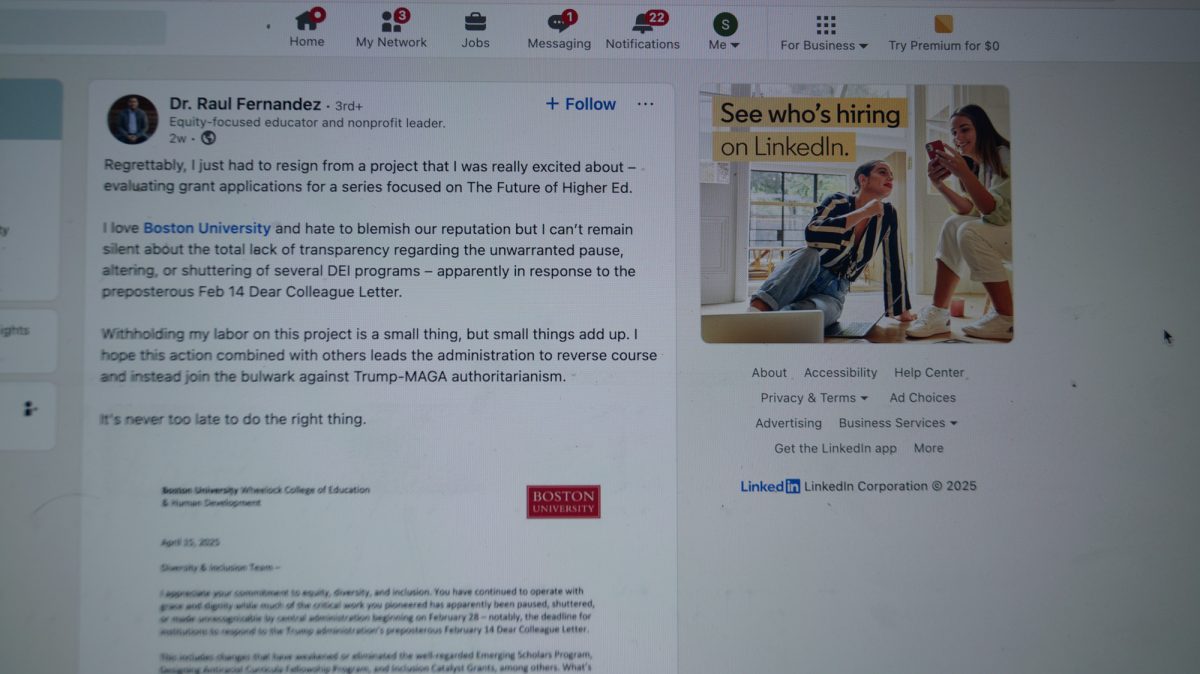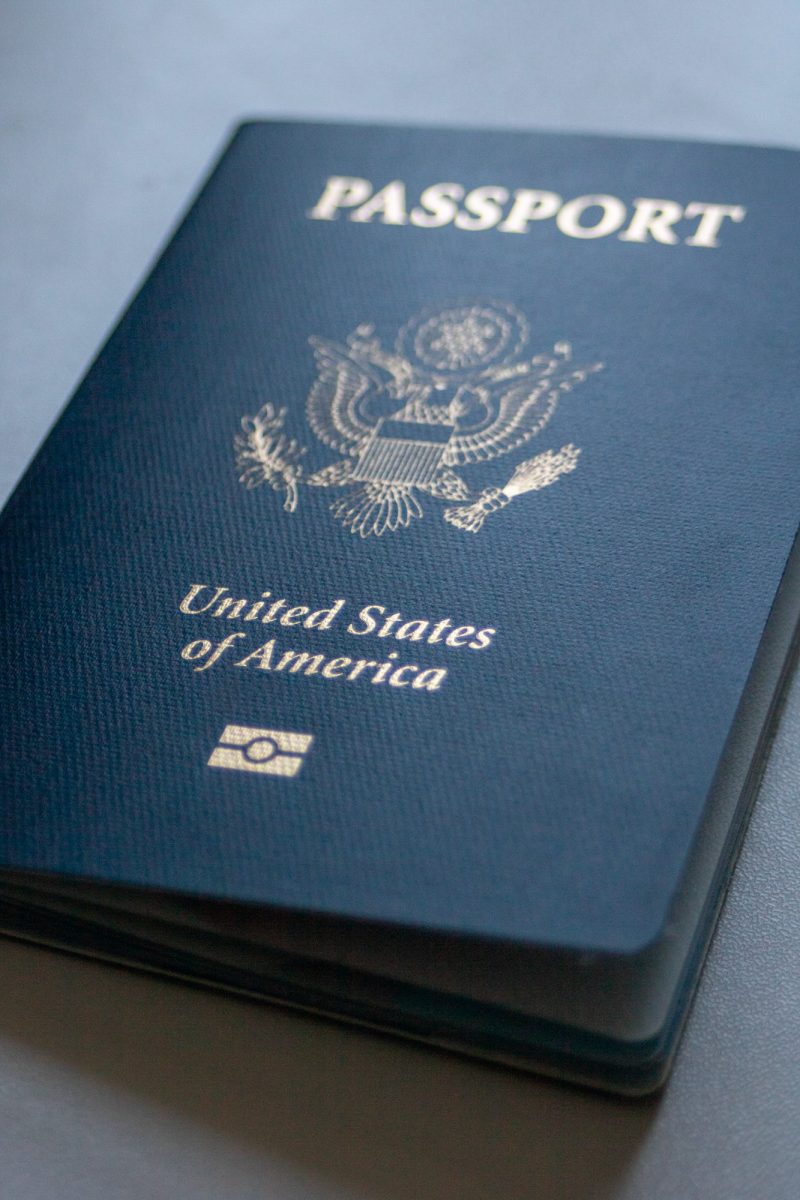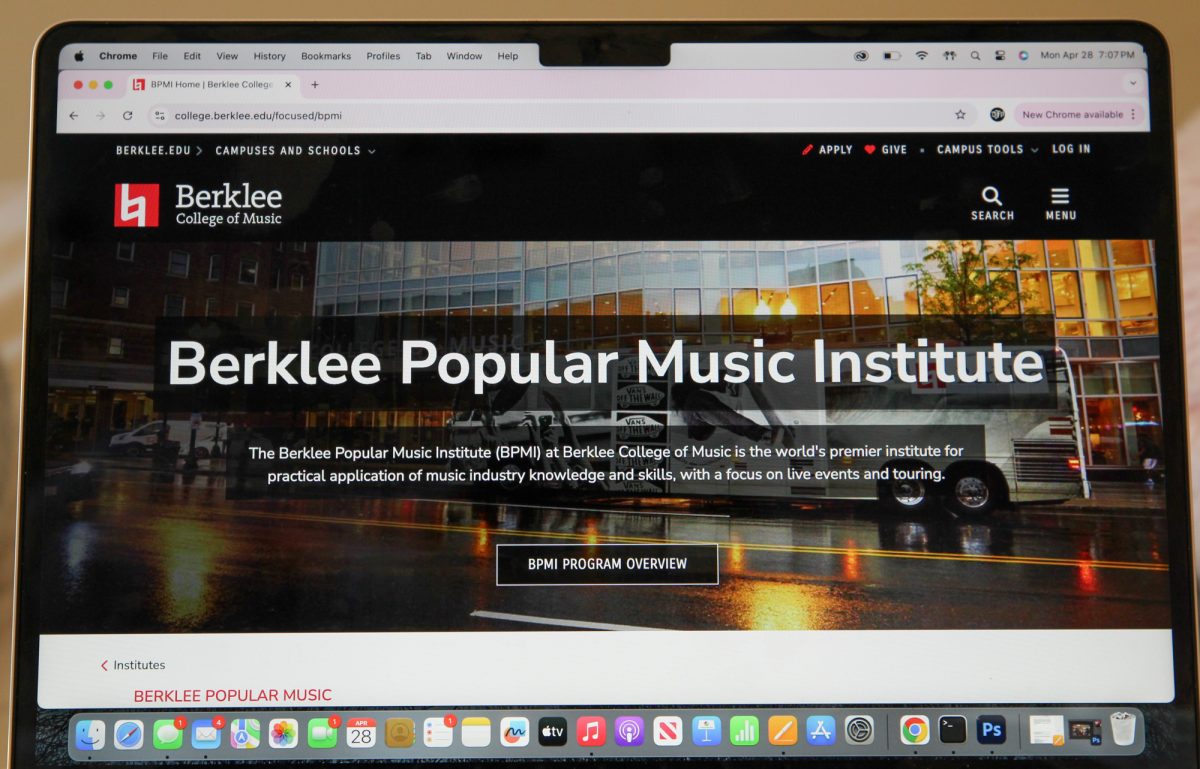Enjoy beer and other spirits but hate having to chug all the liquid? Now enjoying your favorite spirit has become easier than ever because of two revolutionary ideas that may change the alcohol industry forever – vapor liquor and everlasting cold beer.
For those who find gulping alcohol tedious, the Alcohol With Out Liquid Company has invented a machine that allows people to inhale shots of vaporized liquor that is mixed with oxygen.
Spirit Partners, Inc., a North Carolina distributor, introduced the first AWOL machine to the United States at a Manhattan bar on August 20. While the Manhattan machine was the first of its kind in America, it has already become a fixture in many European and Asian bars.
“AWOL is simply a fun, new, exciting way for adults to enjoy alcohol in a responsible manner,” said Kevin Morse, president of Spirit Partners, Inc., in a company statement.
Similar to an asthma inhaler, the AWOL machines consist of an oxygen generator attached by tubes to a hand-held vaporizer. The user can choose any hard liquor, which is poured into the vaporizer. The oxygen from the generator then passes through a tube and absorbs the alcohol. A mist forms from the two ingredients that the user inhales.
AWOL is a hangover-free way to consume alcohol because of the oxygen in the vapor, which is proven to reduce the feeling of a hangover, according to the product’s website. The website also emphasizes that AWOL is safe because both of its components – oxygen and moderate consumption of alcohol – are safe.
The site also markets the product as low-calorie and low-carbohydrate alternative to regular liquor because the inhaled alcohol doesn’t go through the stomach.
Inhaled alcohol enters the bloodstream through the lungs instead, and the result is a less-filtered, low-calorie buzz. Regardless, the body expels alcohol the same whether it is inhaled or sipped and can be detected using the same methods, according to Morse, so AWOL cannot be used to get around alcohol laws.
“One of the ways alcohol leaves the body is through the mouth,” Morse said in the statement. “Therefore, contrary to reports, the alcohol will definitely register on the Intoxylizer 5000, commonly called the Breathalyzer test, which is used by law-enforcement officials to apprehend drivers who are under the influence of alcohol.”
The machines have a built in safety device that makes consuming a single shot take 20 minutes-so users cannot binge inhale.
Spirit Partners, Inc. suggests that AWOL not be used more than once an hour and no more than twice in a 24 hour period. These suggestions correlate with some guidelines for alcohol consumption by the National Institute on Alcohol Abuse and Alcoholism.
“Space drinks out to no more than one drink per hour and consume plenty of water in between drinks,” according to information on the NIAAA’s website.
The vapor from AWOL machines present in England in early 2004 could be snorted as well as inhaled. According to several British newspapers, scientists in England said the product could possibly cause brain damage because the alcohol went directly to the brain when snorted. AWOL products in the United States can only be inhaled through the mouth.
The AWOL marketing site says the vapor created from its machines “promotes a sense of well-being and a mild euphoria.”
Anyone who wants their own machine and has a few thousand dollars to spare can buy one online or over the phone for $3,000 to $3,700.
Not many scientific tests have been made on AWOL, but an alcohol expert from England called the time constraints of using the product sensible.
“We are not aware of any current evidence to suggest that use of the AWOL machine, in accordance with [Spirit Partners, Inc.] advice and instructions, poses particular risks to the user over and above the risks that may be posed by consuming an equivalent amount of alcohol in an equivalent time period in a more traditional way,” said Judith Hind, a spokesperson for England’s Department of Health Alcohol Policy Team, in a statement.
One Boston University 21-year-old said he thinks the machines are a great idea.
“It’s genius, brilliant,” said College of Communication senior Ryan Peet. “I think it would be really cool to go out to a bar and see how it’s set up and how it works.”
College of Engineering senior Kevin Hemmer said he is unsure people will want to change their drinking ways.
“I can never see that surpassing drinking in popularity,” he said. “People play drinking games. Drinking is a social thing.”
Hemmer said the feeling of a cold beer is what drinking means to him.
“I always like a nice cold beer,” he said.
A BETTER BOTTLE FOR BEER
Luckily for Hemmer, now his beer can stay colder even longer, with the introduction of the first nationally distributed aluminum beer bottle-which reportedly can keep beer colder for almost an hour longer than glass bottles.
The aluminum beer bottles, introduced by the Pittsburgh Brewing Company, can keep traditional liquid beer cold for up to 50 minutes longer than aluminum cans or glass bottles, according to a report in the Pittsburgh Business Times.
This August, the Pittsburgh Brewing Company began nationwide distribution of “Iron City” beer in aluminum bottles made by Alcoa, the world’s largest aluminum maker.
“The bottle is going to be thicker and more rigid,” said Kevin Lowery, a spokesperson for Alcoa. “It gets your beer colder faster and keeps beer colder longer.”
The new bottles contain three times as much aluminum as regular beer cans to increase insulation and keep the beverage cold, Lowery said.
There are other non-temperature-related perks to the heavy-duty aluminum bottles.
“If you hold an empty beer in your hand you can crush it,” Lowery said. “If you hold this particular container in your hand you can’t crush it.”
The metal bottles have more privileges than glass ones do, too.
“An aluminum bottle can go places glass can’t,” Lowery said. “Have you ever seen glass bottles at a swimming pool?”
The metal bottles are not the first innovation conjured by Alcoa and Pittsburgh Brewing Company. The two joined forces in 1962 and developed the first pull-top aluminum cans, which forever changed the beer and soft-drink industry.
“I like drinking out of a bottle way more than a can,” said Peet. “If you’re at a bar talking, beer has a tendency to get warm.” Hemmer said he thought the idea would definitely catch on.
But the NIAAA still recommends responsible consumption of booze, whether it is inhaled or drunk out of a chilly metal bottle.
“Moderate use of alcohol can be an enjoyable, safe experience if used with caution. If you do choose to drink, sip each drink slowly and always consume with food.”













































































































